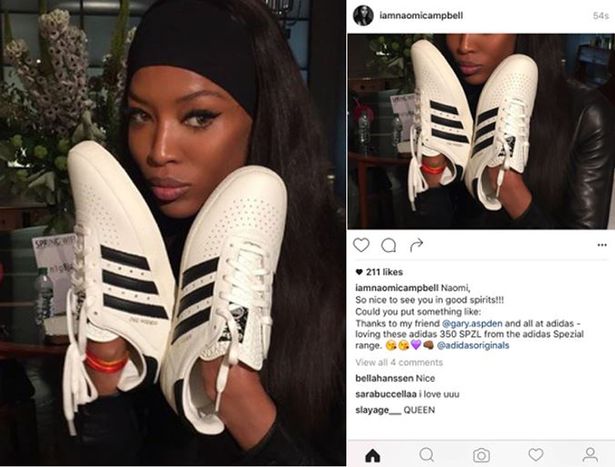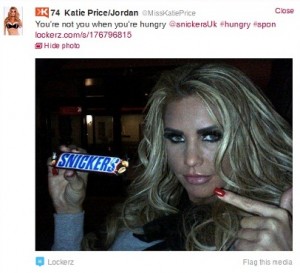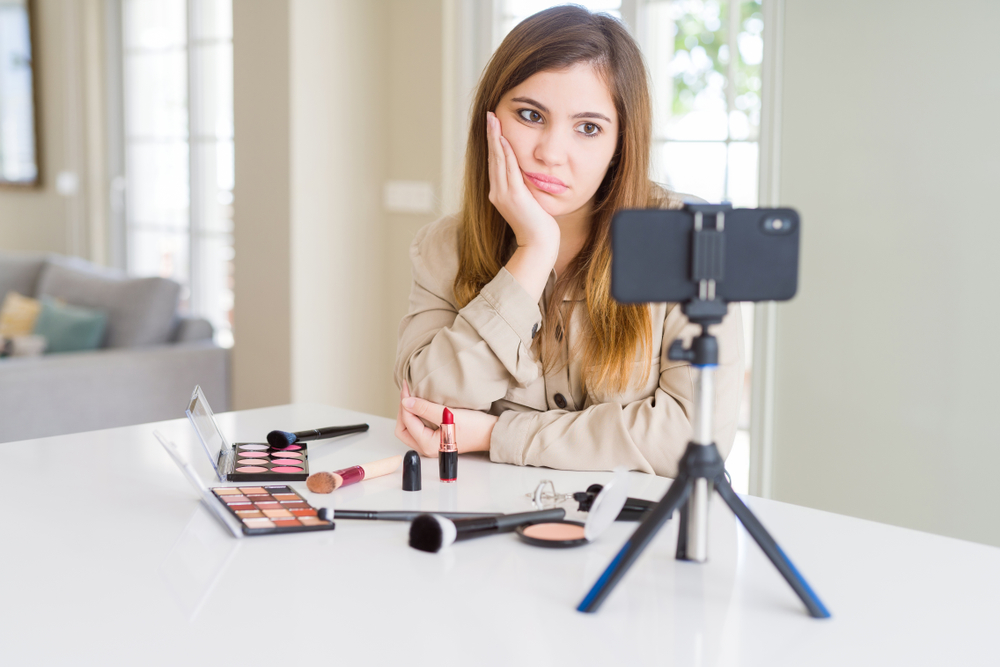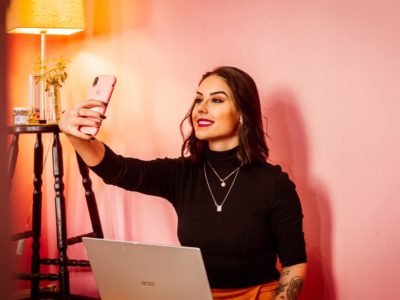Everyone’s on social media, and everybody trusts somebody’s opinion. This phenomenon is the main reason why the influencer marketing industry is worth a whopping $16.4 billion. Thanks to emerging personalities through parasocial relationships on social media, influencer marketing has become an effective tactic for brands to reach a wider audience. The notable success of influencer collaborations makes it highly coveted amongst modern digital marketing strategies.
However, not all influencer marketing campaigns are successful. Working with influencers can be a risky move, especially when brands are not familiar with the dos and don’ts of influencer marketing.
But first and foremost, is influencer marketing worth it?
Is Influencer Marketing Really Worth It?
If you’re not yet convinced—yes, influencer marketing is worth it WHEN you do it correctly. The psychological connection between a consumer and an influencer is more intimate than the relationships between consumers to brands. A Matter survey reveals that 61% of consumers trust influencer recommendations, and 31% trust branded social media content.

In terms of ROI, businesses typically make $5.2 for every $1 spent on a successful influencer campaign. When it comes to influencer marketing reliability, the numbers speak for themselves. These results explain why the influencer marketing sphere just keeps moving in an upward trajectory.
This form of marketing thrives on authenticity. Personalities keep their audience engaged through their content, so it’s always best to keep in mind that their audience is their topmost priority. Partnering with influencers must be highly strategic because their “branding” will represent your brand and vice-versa.
Finding a suitable brand influencer can be challenging. Many influencers acquire huge followings due to their niche, but they won’t always emulate your brand’s values and voice. Consider audience demographics, engagement and niche when finding influencer to align with your brand and reach a relevant, engaged audience. Despite these challenges, influencer marketing is worth it if you avoid the most common influencer marketing failures.
Don’t let these influencer fails keep you from reaching your goals. Here are seven influencer marketing fails—how they went wrong and how to learn from these embarrassing mistakes.

7 Biggest Influencer Marketing Fails Made by Brands
1. Pepsi: Kendall Jenner
There’s no doubt about the influence of any member of the Kar-Jenner clan. So, when a Pepsi ad starring the family’s supermodel just didn’t fly the way it was supposed to—brands realized that you can’t just paste a famous face on a brand and hope for the best.
What happened
In 2017, Pepsi released an ad starring Kendall Jenner. A mass protest of picketing people of color was conveniently located near Kendall Jenner’s photoshoot. Kendall takes her blonde wig off and wipes off her plum-colored lipstick to join the crowd. She grabs a Pepsi and hands it to a police officer. After the officer took a sip of the soda, Kendall and the protesters were marching and beaming, signifying a successful mobilization.
Why it failed
If only Daddy would have known about the power of #Pepsi. pic.twitter.com/FA6JPrY72V
— Be A King (@BerniceKing) April 5, 2017
The short yet strikingly sarcastic remark of Martin Luther King’s daughter, Bernice King, put it perfectly in her tweet: “If only Daddy would have known about the power of #Pepsi.” with a photo of her father being pushed by a cop.
Many found the commercial insensitive and blasphemous to movements by people of color. Many thought this trivialized Black Lives Matter, not to mention exhibiting a white-savior complex by highlighting Kendall’s single-handed gesture of restoring “peace” by simply offering a cold soda to an armed officer.
How to do it right: Be more sensitive
Brands should refrain from reducing social issues to themes and aesthetic appeals. Social issues and movements are not fashionable tools to make your brand look politically sensitive. In truth, any efforts to appear socially aware are only doing the opposite.
Before coming up with concepts, you must first assess the real-world implications of your ideas. It’s okay not to revolve your ideas around these sensitive issues. If you are not genuine about any cause, it’s better to leave it be.
2. Adidas: Naomi Campbell
Naomi Campbell’s lasting influence in the fashion world withstands decades, but that doesn’t mean that all her fashion endorsements are successful.
What happened
Campbell posted a photo on Instagram of a pair of Adidas shoes and copy-pasted the entire instructions. It said:

“Naomi, so nice to see you in good spirits,” the post originally said, adding: “Could you put something like: Thanks to my friend @gary.aspden and all at adidas – loving these adidas 350 SPZL from adidas Spezial range. @adidasoriginals.”
Her team spotted the awkward caption and immediately changed it, but it was too late to save it from screenshots.
Why it failed
The copy-pasted caption seemed disingenuous. Instead of persuading her audience to get a pair for themselves, it only seemed like a lazy attempt to advertise.
How to do it right: Encourage creativity
Influencer marketing does not only end with the marketers, it must follow through with the efforts of the influencers. Brands like yours could learn from this embarrassing mistake by not rigidly telling your influencers what to do. Perhaps allow them to be more creative and add personal touches to their captions. This way, influencer fatigue from audiences can be diminished.
3. Snickers: Katie Price
Creativity is highly encouraged in influencer marketing, yes. However, creative choices must not come at the cost of advertising standard offenses. One of the earliest influencer marketing attempts recently took a wrong turn.
What happened
In 2012, Snickers went above and beyond with their Snickers “You’re Not You When You’re Hungry” campaign. They partnered with personalities Katie Price and Ian Botham and used their Twitter accounts as the main platform. Price, a personality known for her modeling and entertainment, started tweeting politics and economics-related posts. Botham, who had a thing for tweeting about crickets, suddenly tweeted his cello-learning blips.
Many found the tweets out of character, and a bunch of their audience even speculated account hijacks. Finally, a final tweet was posted with a picture of them with a Snickers bar. Price captioned, “You’re not you when you’re hungry. @snickersUk #hungry #spon”

Why it failed
The Advertising Standards Agency of the UK investigated the campaign because of the lack of clarity around the sponsored posts. Though the campaign was cleared, Price and Botham’s reputation suffered, and with it, Snickers.
How to do it right: Adhere to advertising guidelines and study your audience
First of all, you could prevent these instances by adhering to your local advertising codes of ethics. Secondly, studying your audience can help you establish a better connection with them. In the case of out-of-the-box creative concepts like this, the chances of your audience misunderstanding your efforts will likely be less.
4. EA: Benjamin Burnley
The importance of partnering with suitable influencers has never been emphasized enough than with EA’s failed collaboration with musician Benjamin Burnley.
What happened
EA partnered with Burnley in hopes of promoting their newest Star Wars Battlefront game, but Burnley did not seem so pleased. He posted on Instagram as asked—but it wasn’t what any brand would hope to see. It was a photo of a broken disc of the game, and along with it, he said EA wanted to pay him for posting that he liked their “piece of shit game.”
Why it failed
Some brands fall into the trap of reaching out to famous people without thoroughly measuring the impact they could make on their brand. Influencers garner their following through years of parasocial connection with their audiences, so it’s best assumed they will act according to their branding. In Burnley’s case, it was rock and roll and not giving a crap.
How to do it right: Study your potential influencers before partnering with them
Finding an influencer with a massive following that could likely fit your target demographic doesn’t automatically indicate a partnership opportunity. Your target audience must involve the influencers themselves. If you know they are pleased with your product, then it could be a good sign to work with them, and if not—should you be risking it?
5. Huawei: Sarah Elshamy
Huawei prides itself on producing high-quality camera phones. So when the Egyptian actress, Sarah Elshamy, obliterated the entire selling point of a Huawei Nova 3i—the internet was ruthlessly unforgetful.
What happened
A video advertisement starring Elshamy showed her having fun at a party, a picnic, and in front of her vanity while doing her makeup. Throughout the video, her male co-actor was continuously snapping selfies of them together using a Huawei phone.
LMAO Huawei’s Nova 3 “selfie” was actually shot with a DSLR and not the phone at all. pic.twitter.com/uJMGZ8OtMW
— Andru Edwards (@AndruEdwards) August 20, 2018
Later, Elshamy posted behind-the-scenes photos on Instagram, which revealed that they used a DSLR camera for the selfies instead of a Huawei phone. It was too late before Huawei and Elshamy’s team noticed, and as usual, it drew flak on social media.
Why it failed
In Huawei’s defense, the ad never explicitly claimed that the photos from the advert were shot on Nova 3. People, however, would argue that the whole point of the advertisement was to imply this.
How to do it right: Focus on your product’s strengths
Perhaps, Huawei could have focused on the strengths of its product instead of exaggerating its phone camera’s capabilities.
6. Snap Spectacles: Luka Sabbat
All the others were mostly embarrassing mistakes, but never to the point of a legal battle like Luka Sabbat and Snap Spectacles.
What happened
Sabbat and Snap had a clear agreement: post three Instagram stories and one post on his Instagram feed wearing their new specs. Sabbat only posted one story and one post. The outcome? Sabbat had to reimburse Snap’s payment with another $45,000 in damages.
Why it failed
Aside from the expensive mistake on Sabbat’s end, both parties’ reputations suffered. The key component in influencer marketing is authenticity. And now that the issue has made it into the papers and gossip, these influencer-brand relationships look far from authentic and more transactional.
How to do it right: Aim for authenticity
Always aim for authenticity and choose your influencers wisely. Authenticity is the lifeblood of influencer marketing, and it’s best practice to find influencers who truly believe in your product. This way, you won’t have problems making them use it because they will happily do so.
7. Tower Jewellers: Terrie McEvoy
One of the best ways to engage your audience is through giveaways. So when you do a giveaway, you deliver to your audience, and you do it honestly. Beauty influencer Terrie McEvoy, however, had other ideas.
What happened
In her partnership with Tower Jewellers, McEvoy must give away two luxury bracelets to her lucky fans. When it was time to draw, McEvoy chose two of her real-life friends instead. One of her followers drew a connection with her previous posts and exposed her for rigging the raffle. After being caught, McEvoy admitted to the embarrassing wrongdoing.

Why it failed
Influencers must cater to their audience and make their trust the topmost priority. Any form of dishonesty can cost the influencer and the brand their reputation and, with it, sales.
How to do it right: Prioritize audience trust at all costs
Influencers must know that their audience is their career’s lifeblood. Their content is catered to their followers, and they sign brand deals through them. When the audience feels betrayed, they will be less appealing to their followers, followed by brands. What can you do about it as a marketer? Choose influencers who stay true and loyal to their followers at all costs, but make sure they are also truly fond of your products.
Also Read: Micro-Influencers: Business Boosters
How to Avoid Influencer Fails in Your Future Marketing Campaigns
To recap, here are seven ways to save your influencer marketing from embarrassment or, worse, lawsuits.
- Be more sensitive
- Encourage creativity
- Adhere to advertising guidelines and study your audience
- Study your potential influencers before partnering with them
- Focus on your product’s strengths
- Aim for authenticity
- Prioritize audience trust at all costs
Influencer fails are cautionary tales
Influencer marketing is still new to many marketers. Naturally, mistakes will be made on the way to improving this industry. These examples of influencers gone wrong are more than just cringe-worthy stories to poke fun at—they are stories to learn from. In truth, no marketer will truly emerge as a master of one marketing tactic. However, learning from these influencer fails can help strategize thoughtful campaigns that are authentic and trustworthy.
Need help? Partner with a digital marketing agency that you can trust. Contact us for effective digital marketing strategies and tools today.







